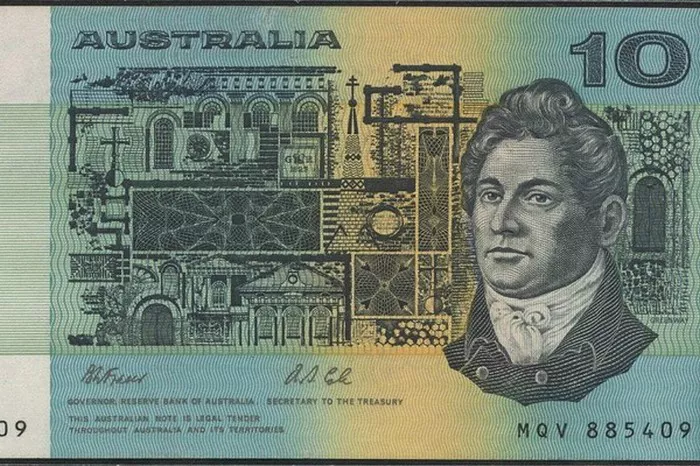The performance of a currency reflects a multitude of economic, geopolitical, and market factors. For investors, traders, and businesses engaged in international trade, understanding the potential trajectory of a currency like the Australian Dollar (AUD) is crucial. In this article, we delve into the factors influencing the AUD’s strength in 2024, exploring economic indicators, global trends, and expert forecasts.
Economic Fundamentals
Factors Influencing AUD Strength
The strength of a currency like the Australian Dollar is often tied to various economic fundamentals. These include interest rates, inflation, GDP growth, employment levels, and trade balances.
Interest Rates and Monetary Policy
The Reserve Bank of Australia (RBA) plays a pivotal role in shaping the monetary policy that influences the AUD’s strength. Interest rate decisions by the RBA can impact currency valuations, with higher rates typically leading to a stronger currency as foreign investors seek higher yields on investments denominated in AUD.
Inflation and Economic Stability
Low and stable inflation is generally conducive to a strong currency. Inflation erodes the purchasing power of a currency, making it less attractive to investors. Therefore, low inflation rates in Australia can contribute to the strength of the AUD.
GDP Growth and Employment
Robust economic growth and low unemployment levels can also support a stronger currency. A growing economy typically attracts foreign investment and boosts confidence in the currency’s stability.
Trade Balances and Commodities
Australia’s trade balance, particularly its exports of commodities such as iron ore, coal, and natural gas, significantly impacts the AUD. Strong demand for Australian exports can drive up the value of the currency, while trade deficits may exert downward pressure.
Global Trends and Geopolitical Factors
Global Economic Conditions
The global economic landscape can influence the strength of the Australian Dollar. Economic performance in major trading partners, such as China, the United States, and key European markets, can impact demand for Australian exports and investor sentiment towards the AUD.
Geopolitical Stability
Political stability and geopolitical events can affect investor confidence and currency valuations. Uncertainty or turmoil in the Asia-Pacific region, trade tensions, or shifts in diplomatic relations may lead to fluctuations in the AUD.
Commodity Prices
As a commodity-driven currency, the AUD is sensitive to fluctuations in commodity prices, particularly those of iron ore, coal, and natural gas. Changes in global demand, supply disruptions, or shifts in commodity market sentiment can impact the AUD’s strength.
COVID-19 Pandemic Recovery
The ongoing recovery from the COVID-19 pandemic continues to influence global economic trends and currency valuations. Factors such as vaccination rates, economic stimulus measures, and the resumption of international travel can affect market sentiment towards the AUD.
Expert Forecasts and Market Sentiment
Analyst Predictions
Forecasts from financial institutions, economic analysts, and research firms provide insights into the potential trajectory of the Australian Dollar. These predictions are based on a combination of economic data, geopolitical analysis, and market trends.
Market Sentiment and Investor Behavior
Market sentiment plays a crucial role in currency markets, influencing investor behavior and currency valuations. Factors such as risk appetite, capital flows, and sentiment towards the Australian economy can impact demand for the AUD.
Technical Analysis
Technical analysis, which examines historical price patterns and market data, can also provide insights into future currency movements. Traders analyze charts, indicators, and trends to identify potential buying or selling opportunities for the AUD.
FAQs
1. Will the AUD strengthen against the USD in 2024?
The strength of the AUD against the US dollar depends on a variety of factors, including interest rate differentials, economic growth rates, geopolitical developments, and market sentiment. While forecasts and expert opinions can provide insights, currency markets are inherently volatile and subject to unexpected events.
2. How does Australia’s relationship with China impact the AUD?
Australia’s economic ties with China, its largest trading partner, significantly influence the AUD. Changes in China’s demand for Australian exports, diplomatic relations, or trade policies can impact the AUD’s strength. Tensions or disruptions in this relationship may lead to volatility in the currency markets.
3. What role does the Reserve Bank of Australia (RBA) play in shaping the AUD’s strength?
The RBA sets monetary policy in Australia, including decisions on interest rates and other measures aimed at achieving economic stability and growth. Interest rate decisions by the RBA can influence the attractiveness of the AUD to investors, affecting its strength relative to other currencies.
See Also What is the Australian Dollar Pegged to?
Conclusion
Predicting the future strength of the Australian Dollar in 2024 involves analyzing a complex interplay of economic indicators, global trends, and market dynamics. While economic fundamentals, geopolitical factors, and expert forecasts provide valuable insights, currency markets are inherently unpredictable. Investors, traders, and businesses should consider a diverse range of factors and risk management strategies when navigating the dynamic landscape of currency markets.


